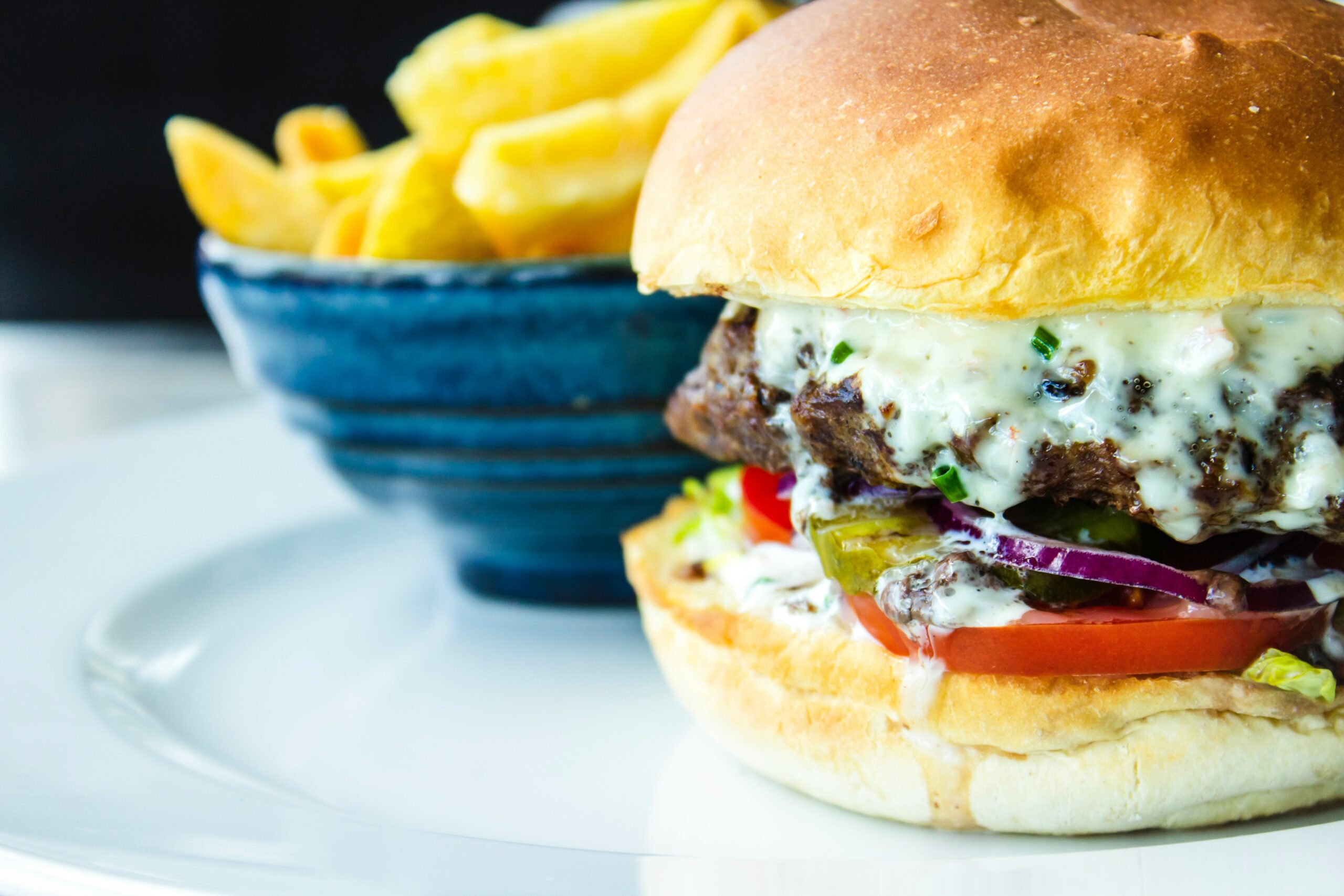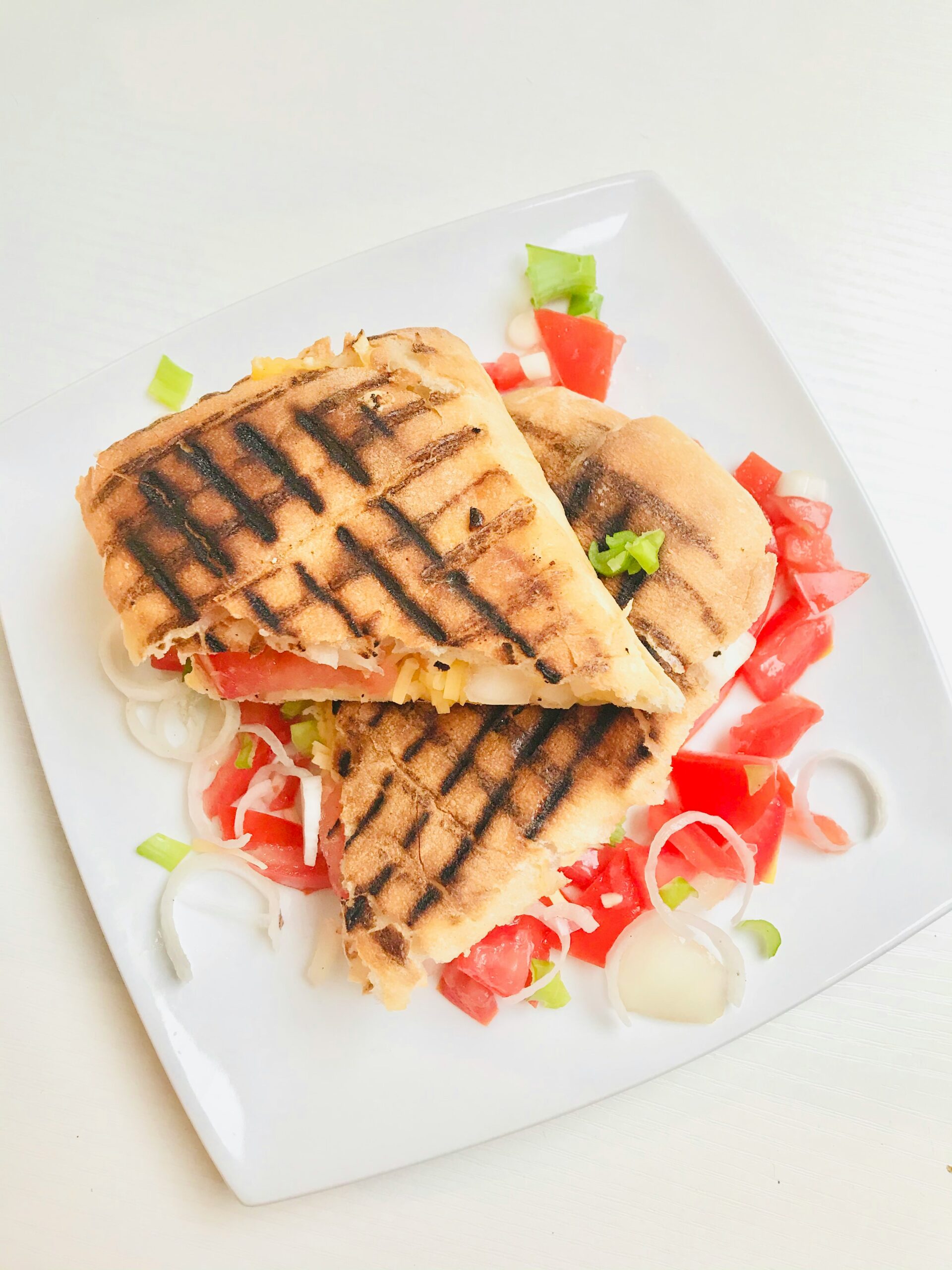The Best Fluffy Pancakes recipe you will fall in love with. Full of tips and tricks to help you make the best pancakes.

Introduction to French Salads
French salads represent a significant aspect of the nation’s culinary heritage, embodying the essence of France’s rich gastronomic traditions. Historically, salads were viewed primarily as appetizers, awakening the palate with fresh ingredients and vibrant flavors. Over time, they have evolved into diverse creations that can serve as light starters or hearty main courses, illustrating the versatility and creativity inherent in French cuisine.
The cultural importance of French salads can be seen in their regional variations. Different areas of France leverage their local produce and traditional practices, leading to an impressive array of salads that reflect the nation’s agricultural bounty. For instance, a Niçoise salad from the Provence region brings forth the Mediterranean diet with tuna, olives, and fresh vegetables, while the classic Lyonnaise salad showcases crispy bacon and poached eggs, highlighting the influence of local customs and ingredients.
The diversity of French salads is not merely a reflection of regional diets but also a testament to changing culinary trends. As France moved through various epochs, the role of salads in meals evolved. In contemporary settings, salads are often celebrated for their nutritional benefits and are becoming increasingly popular in restaurants and homes. Classic salads now coexist with innovative recipes that experiment with flavors, textures, and presentations. This evolution emphasizes the adaptability of French cuisine, making it relevant in a modern context while still honoring its roots.
In summary, French salads encapsulate the rich history and vibrant culture of France through their intricate flavors and myriad presentations. They are more than just a dish; they tell a story of the land they come from, the people who prepare them, and the evolving nature of culinary practices. This exploration into the world of French salads not only highlights their significance but also invites the appreciation of their artistry.
Classic French Salad Recipes
French cuisine is renowned for its meticulous attention to detail and balance of flavors, particularly evident in its salads. Among the most celebrated options are Salade Niçoise, Salade Lyonnaise, and Salade de Laitue, each offering a unique culinary experience that highlights the essence of French gastronomy.
Salade Niçoise hails from the sunny region of Nice and showcases the vibrant produce and seafood of the Mediterranean. Typically, this salad features ingredients such as ripe tomatoes, green beans, hard-boiled eggs, olives, and tuna, all drizzled with high-quality olive oil. Its appeal lies in the variety of textures and flavors, making it a perfect dish for warm weather occasions.
Another classic, Salade Lyonnaise, originates from Lyon, a city known for its rich culinary traditions. This salad combines frisée lettuce, crispy lardons (bacon), and creamy poached eggs, often topped with a tangy mustard vinaigrette. The combination of crispy and creamy elements contributes to its popularity, and the dish embodies the rustic charm of regional cooking in France.
Salade de Laitue is a simpler yet equally delightful offering that serves as a refreshing side dish. Traditionally utilizing butterhead or romaine lettuce, this salad is enhanced with a light vinaigrette, often made from vinegar, oil, and herbs. Its simplicity allows the fresh taste of the lettuce to shine, offering a crisp complement to heartier meals.
Each of these classic French salad recipes embodies the philosophy of cooking with fresh, seasonal ingredients. By trying these recipes, home cooks can bring a touch of French culinary expertise into their kitchens, celebrating the delicate balance of flavors and textures that makes French salads truly exceptional.
Ingredients that Make French Salads Stand Out
French salads are distinguished not only by their presentation but also by their remarkable ingredients. The foundation of a classic French salad is often built upon high-quality oils, fresh herbs, and regional vegetables, all of which contribute to the dish’s authentic flavor profile. Olive oil, particularly from the regions of Provence or the Mediterranean, serves as the base for many dressings, imparting a rich, fruity aroma that elevates the greens and other components. A drizzle of high-quality balsamic vinegar, crafted with care, can also add a delicate sweetness and complexity to the palate.
Fresh herbs play a pivotal role in enhancing flavor in French salads. Herbs such as tarragon, chervil, basil, and parsley are frequently incorporated to provide a vibrant freshness that complements the other ingredients. Selecting herbs that are in-season ensures the most robust flavors and aromas, creating balance within the dish. Additionally, the utilization of local ingredients not only supports regional agriculture but also guarantees that the components are at their peak freshness, which is paramount in the preparation of a salad.
Vegetable selection is another critical aspect that makes French salads unique. Incorporating seasonal produce, such as heirloom tomatoes, radishes, or tender asparagus, can offer various textures and flavors. Each ingredient should be chosen with consideration to its flavor profile, color, and even its size, contributing to the overall aesthetic and experience of the salad. Lastly, artisanal cheeses, like goat cheese or Roquefort, can provide a rich creaminess, while also serving as a source of umami that rounds out the flavor palate. By consciously selecting each ingredient, from vegetables to oils, French salads can achieve not only a delightful taste but also a vibrant presentation that reflects the beauty of culinary art.
The Presentation and Serving of French Salads
French salads are not only celebrated for their flavors but also for their artful presentation, which plays a crucial role in French dining culture. The way a salad is presented can elevate even the simplest ingredients, transforming them into a feast for the eyes as well as the palate. Essential to this art are various plating techniques. For instance, considering the texture and color of each ingredient is vital in crafting a visually appealing dish. A well-composed salad often features a mix of textures—crisp greens complemented by creamy elements, crunchy nuts, and soft cheeses, creating a delightful symphony of contrasts.
Additionally, garnishing options greatly enhance the overall appearance of salads. Fresh herbs such as parsley, chives, or edible flowers can be used not only for flavor but also for vibrant splashes of color. These garnishes should be thoughtfully chosen to enhance the salad’s aesthetic appeal without overpowering the main ingredients. The use of colorful produce, such as ripe tomatoes, bright bell peppers, and vivid radishes, can create an enticing display, inviting guests to indulge.
Pairing French salads with complementary side dishes or wines also contributes to their successful presentation at gatherings. A light salad may be perfectly accompanied by crusty baguette or a charcuterie board, while a richer, more elaborate salad might pair well with a chilled, crisp white wine or a light rosé. Selecting accompaniments that enhance the overall dining experience allows for a harmonious meal that appeals to both taste and visual delight.
In essence, the presentation and serving of French salads play a fundamental role in their enjoyment, transforming them into not just a dish, but a centerpiece worthy of any dining occasion.




